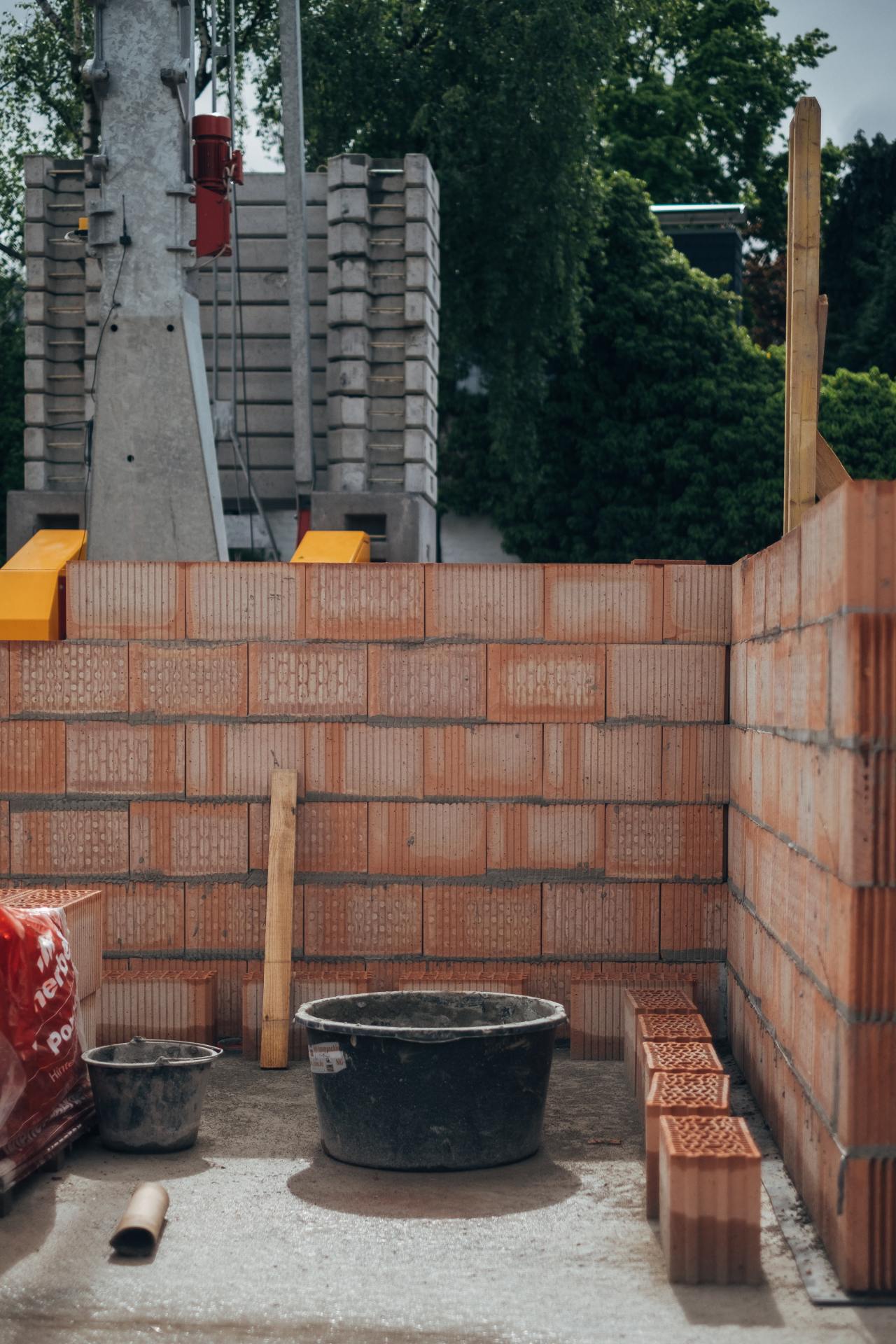
Our NEUTRAS range of very low thermal conductivity wall ties have significant structural performance levels. They can be excluded from the current U worth calculations in EN ISO 6946 and provide a credible Remedy to new laws necessities.
-Drill pilot hole with the façade materials and in to the backup materials to the desired embedment depth + 1" utilizing proper drill bit(s) within the chart beneath. Drill needs to be in rotation-only mode when drilling into gentle masonry or into hollow backing material.
Another style of wall tie is the plate tie, which can be a flat steel plate that’s hooked up into the wall with screws. Plate ties are much less frequent than helical ties, Nevertheless they’re sometimes used in scenarios the place the mortar is just too weak to guidance a helical tie.
Other search engines associate your advert-simply click behavior by using a profile on you, that may be utilized later on to focus on adverts to you on that internet search engine or all over the Internet.
This will likely lead to a wall tie on just about every program of blockwork in 225mm of openings. Spacing may on the other hand be calm Should the joint incorporates a deboned tie spanning it.
Simpson Strong-Tie® produces structural constructing products which assistance people produce safer and more powerful structures and houses. Solid-Tie® connectors are created to the best quality requirements. They may be engineered and examined to complete.
The minimum amount density of cavity wall ties (as described in Eurocode six) is two.five ties for every sq. metre. Typically They're set up at 900mm horizontal x 450mm vertical spacing and should be staggered through the wall space to deliver a fair distribution.
These fixings are ideal for anchoring doorway frames to masonry at significant pace or to get a immediate and productive technique of fixing timber studs to brick or block walls when battening out for dry-lining or tile hanging.
Wall ties, which happen to be normally generally known as brick ties, are Employed in structures with cavity walls to connect the internal and external leaf walls letting the two leaves to operate in synchronization with each other.
These ties allow masonry walls to generally be tied back again to other structures, (steelwork or masonry) furnishing restraint in a single path but allowing for motion in the other. This is often reached by placing a debonding sleeve around the Section of the tie that is to generally be embedded inside the wall, allowing the tie to maneuver within the sleeve.
All variables governing the proper usage of wall ties in any offered predicament are protected by quite a few Eurocodes and Building Laws, which here must be referred and adhered to. To enhance the Making Polices and Eurocodes, in britain Ancon have an additional Published Document (PD 6697:2010) which aids in the selection of wall ties primarily based upon geographic and topographic elements.
In combination with the structural demands, some other simple considerations when deciding on a fastener include:
Having said that, it’s prevalent for these ties to get unintentionally left at the rear of if the types are removed. This information explores The explanations why foundation ties will often be still left in place as well as the likely implications of their existence about the concrete surface.
The Ancon variety contains ties for all kinds of cavity development, such as the TJ2 tie for skinny joint blocks plus the CCB array for mobile clay blockwork; a few Form six timber body ties; body cramps for repairing to concrete, steel or masonry.